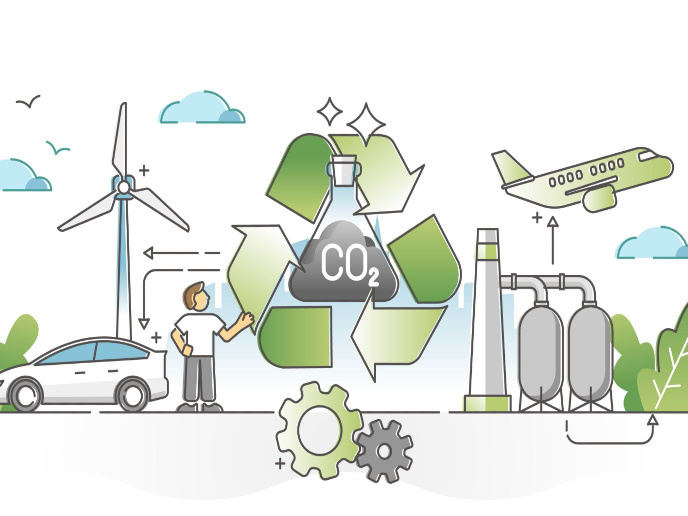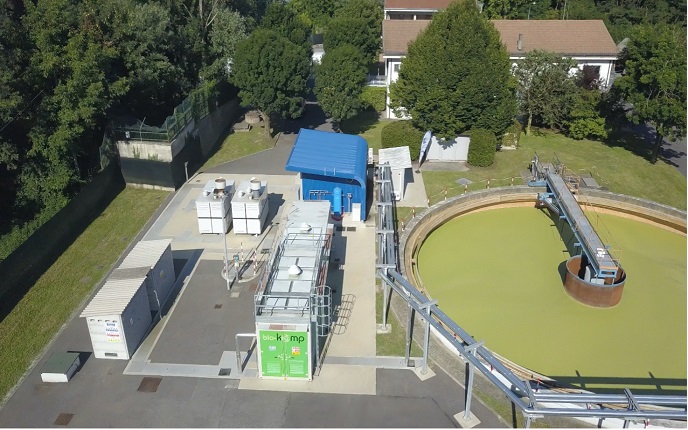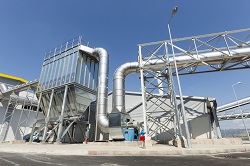From material to metal supported solid oxide fuel cell development
Solid Oxide Fuel Cells (SOFCs) are devices for producing electricity at high efficiency and heat from various types of fuel, including natural gas or biogas. The RAMSES(opens in new window) (Robust Advanced Materials for metal Supported SOFC) project adopted an innovative concept to address some of the problems faced by SOFCs. These include poor cycling performance due to thermal expansion or redox stresses and chromium poisoning of the cathode. The concept is based on metal supported cells (MSC), which are considered as the next generation of solid oxide fuel cells due to their robustness and cost-efficiency. Indeed, MSCspromise a decrease of mechanical failures, since this type of cell is intrinsically more mechanically robust, and a decrease of manufacturing cost by decreasing the amount of expensive ceramic materials to minimum. Cost reduction of balance-of-plant components will also be achieved because of the lower operating temperature. However, improvement of their performances for operation below 700°C is a key point, as well as their durability and their manufacturing route. Therefore, the EU-funded RAMSES project was established to push back the limits of SOFC technology. The technical objective of RAMSES was to develop a SOFC cell with an improved lifetime despite the low operating temperature (~700°C). This was done while achieving high performances through the use of advanced low-temperature electrodes and electrolyte materials. Within the project, materials, components and processes were tailored for MSCs. Therefore, a coated metallic substrate was optimized, fulfilling the targets of low-cost, sinterability in low-oxidizing atmosphere and oxidation resistance. A customized electrolyte powder allowed decreasing reduction the sintering temperature of 100°C compared to a reference 8YSZ powder. In addition, a modified Ni-8YSZ anode as well as a nickelate cathode was found to reach low polarization resistances of respectively 0.37 and less than 0.20 Ohm.cm² at 600°C. The progressive implementation of these materials in MSC led to improved performances in tubular MSC. Durability over 500hours and 500 thermal cycles were successfully achieved. The European Fuel Cells and Hydrogen Joint Undertaking (FCH JU) and the International Partnership for Hydrogen and Fuel Cells in the Economy (IPHE) had identified cost and durability as major barriers to widespread SOFC uptake. The RAMSES FCH-JU funded project thus contributed to making SOFCs more robust and affordable for a market entry in the near future.







